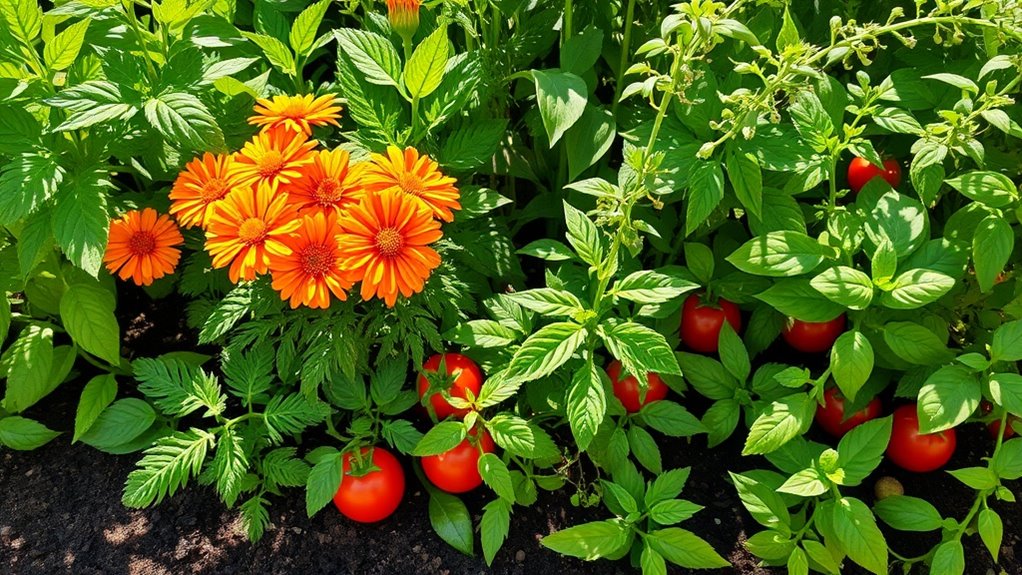I Didn’t Expect These Results From Companion Planting!
Companion planting is like orchestrating a symphony in your garden, where each plant plays its part to create a harmonious ecosystem. You might underestimate the science behind how certain plants support each other, but the benefits can be striking. Increased yields, natural pest control, and improved soil health can emerge from these strategic pairings. Curious about how this practice can transform your gardening experience? Let’s explore the unexpected results that can unfold from simple plant combinations.
The Science Behind Companion Planting
While you might think of companion planting as simply growing different plants together for aesthetic purposes, there’s a solid scientific foundation behind it.
Companion planting can enhance growth and pest resistance through allelopathy, where plants release chemicals that affect their neighbors.
You’ll notice improved companion results, like higher yields and healthier crops, as beneficial insects are attracted and competition for resources is minimized. Additionally, certain plants can improve soil health by fixing nitrogen and enriching the earth for their companions.
Unexpected Growth Boosts
When you explore companion planting, you may encounter some unexpected growth boosts that can significantly enhance your garden’s productivity.
For instance, certain plant combinations, like legumes with heavy feeders, improve nitrogen levels in the soil. Additionally, specific plant aromas can stimulate growth, enhancing photosynthesis.
These interactions help maximize space and resource use, ultimately leading to healthier, more vigorous plants in your garden. Furthermore, understanding garden ecosystem interactions can further optimize your companion planting strategies and lead to even better results.
Pest Control Surprises
As you delve into companion planting, you’ll likely uncover surprising pest control benefits that can safeguard your garden. Certain plant combinations can naturally repel pests, reducing the need for chemicals. Here’s a quick guide on effective pairings:
| Companion Plant | Target Pest |
|---|---|
| Marigold | Aphids |
| Basil | Tomato Hornworm |
| Nasturtium | Cucumber Beetles |
These partnerships create a healthier ecosystem. Additionally, effective companion planting can enhance crop yields and promote a robust garden environment.
Enhancing Soil Health Through Plant Pairing
How can the strategic pairing of plants enhance soil health in your garden?
By mixing deep-rooted plants with shallow ones, you maximize nutrient uptake and minimize soil compaction.
Nitrogen-fixing plants, like legumes, enrich the soil, while others, like marigolds, deter pests and attract beneficial microbes. This synergistic approach fosters a balanced ecosystem, promoting healthier, more fertile soil that supports your garden’s overall vitality. Additionally, incorporating crop rotation principles can further enhance soil structure and fertility over time.

